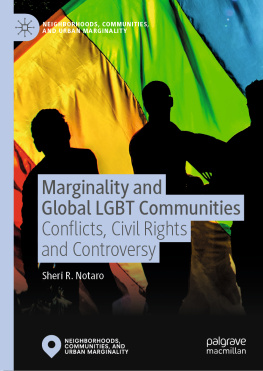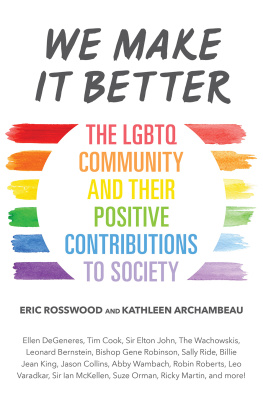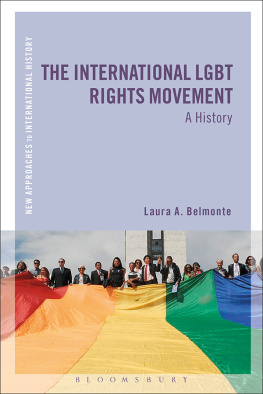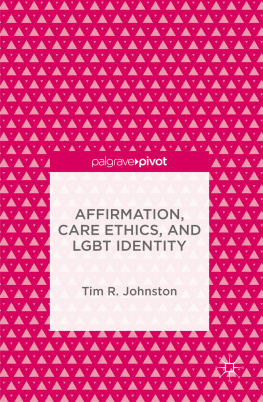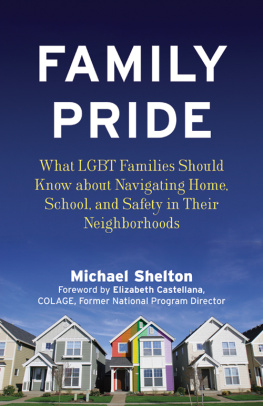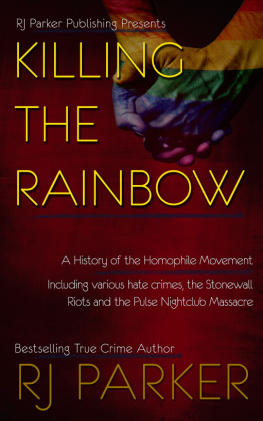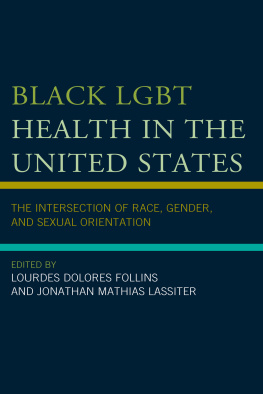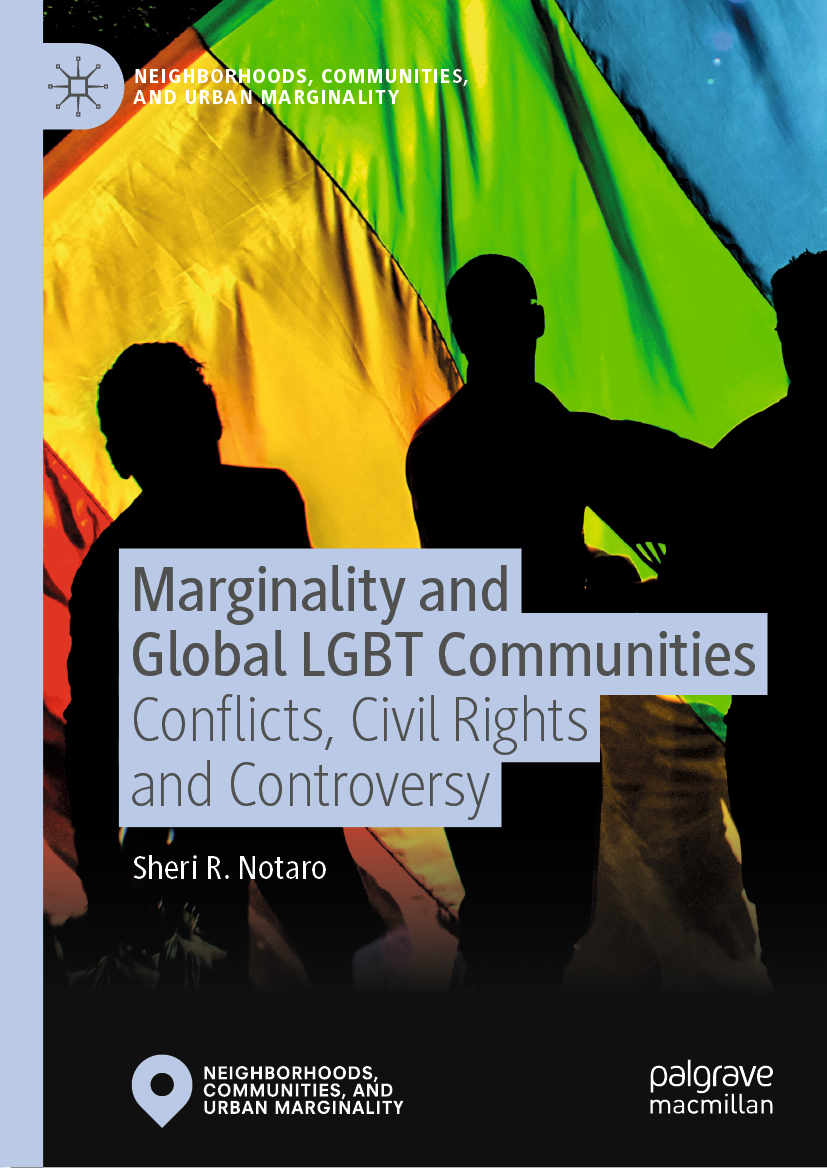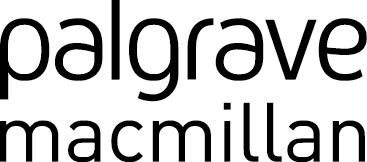Neighborhoods, Communities, and Urban Marginality
Series Editors
Carol Camp Yeakey
Washington University in St. Louis, St. Louis, MO, USA
Walter R. Allen
University of California, Los Angeles, CA, USA
This series examines the ecology of neighborhoods and communities in not only twenty-first century America, but across the globe. By taking an ecological approach, the study of neighborhoods takes into account not just structures, buildings and geographical boundaries, but also the relationship and adjustment of humans to highly dense urban environments in a particular area or vicinity. As the violent events of the past year in marginalized urban neighborhoods and communities across the country have demonstrated, place matters. The series contain original research about the power of place, that is, the importance of where one lives, how public policies have transformed the shape and geography of inequality and disparity in our metropolitan areas, and, the ways in which residents impacted by perceived inequality are trying to confront the problem.
More information about this series at http://www.palgrave.com/gp/series/15097
Sheri R. Notaro
Marginality and Global LGBT Communities
Conflicts, Civil Rights and Controversy
Sheri R. Notaro
Washington University in St. Louis, St. Louis, MO, USA
Neighborhoods, Communities, and Urban Marginality
ISBN 978-3-030-22414-1 e-ISBN 978-3-030-22415-8
https://doi.org/10.1007/978-3-030-22415-8
The Editor(s) (if applicable) and The Author(s) 2020
This work is subject to copyright. All rights are solely and exclusively licensed by the Publisher, whether the whole or part of the material is concerned, specifically the rights of translation, reprinting, reuse of illustrations, recitation, broadcasting, reproduction on microfilms or in any other physical way, and transmission or information storage and retrieval, electronic adaptation, computer software, or by similar or dissimilar methodology now known or hereafter developed.
The use of general descriptive names, registered names, trademarks, service marks, etc. in this publication does not imply, even in the absence of a specific statement, that such names are exempt from the relevant protective laws and regulations and therefore free for general use.
The publisher, the authors and the editors are safe to assume that the advice and information in this book are believed to be true and accurate at the date of publication. Neither the publisher nor the authors or the editors give a warranty, expressed or implied, with respect to the material contained herein or for any errors or omissions that may have been made. The publisher remains neutral with regard to jurisdictional claims in published maps and institutional affiliations.
Cover credit: Yuri Alexandre/Moment/Getty Images
This Palgrave Macmillan imprint is published by the registered company Springer Nature Switzerland AG
The registered company address is: Gewerbestrasse 11, 6330 Cham, Switzerland
With gratitude for their everlasting love and support, I dedicate this book to my husband, Paul C. Notaro, and my son, Paul M. Notaro.
To the LGBT community, I dedicate this book in deepest thanks for your perseverance, resiliency and quest for human dignity. Your fight to live, to love, and to simply be is the universal struggle for humanity that unites us all.
Series Editors Preface
This year marks a propitious time in our nations history as we celebrate, in June 1969, the violent confrontations at the Stonewall Inn in Greenwich Village, in Manhattan, in New York City. Little did we know that the Stonewall riots, from fifty years ago, would become the signal event of the modern LGBT rights movement, a previously marginalized group on the periphery of social, political and economic life in America. Once ostracized and hidden from public view, we now see symbols of LGBT pride in both public and private venues. Notaros timely volume, Marginality and Global LGBT CommunitiesConflict, Civil Rights and Controversy , examines just how far the LGBT movement has come and how much more remains to be accomplished in their quest for equal justice under the law. Nowhere is LGBT pride more evident than on college campuses, where lavender graduations have now become commonplace, as an end of the year ceremony which celebrates the achievements of graduating LGBT college students, who, at times, faced challenges and discrimination during their college years. According to the Human Rights Campaign, the color lavender is important to the LGBT community for several reasons. First, lavender represents the pink triangle that gay men were forced to wear in concentration camps. Second, the black triangle designates lesbians who were political prisoners in Nazi Germany. The LGBT rights movement combined them to make symbols and vivid colors to denote pride and a sense of community. Notaros book cover is endemic of this sense of pride, and of community. Where appropriate, Marginality and Global LGBT CommunitiesConflict, Civil Rights and Controversy , provides a lens by which to view LGBT issues not just in the United States, but in differing nation states as well.
As co-editors of the series, Neighborhoods, Communities and Urban Marginality , we welcome this volume as we now see the globalization of the LGBT community and their fight for just and legal recognition and accommodation. The extent to which any community of persons is marginalized and not afforded basic human rights is the extent to which the rights of us all are denied.
Carol Camp Yeakey
Walter R. Allen
Acknowledgements
This book is a product of family, friends, and colleagues and their unwavering confidence in me.
My mother, Joyce Gail Marshall Wynn, always put my needs before her own, never letting me know of the sacrifices she made for me on a daily basis. To see and remember her joy in my accomplishments inspired me to always reach higher. When I lost her, my second mother took on the role of loving me unconditionally. Thank you Aunt Tine.
My husband, Paul C. Notaro, has shared his life with me as a loving and dedicated partner who can always make me laugh. He stands beside me in all things, reviewing copious drafts, boosting my confidence, and cooking the best meals Ive ever tasted. His devotion to our son, Paul M. Notaro, knows no bounds.
My dear friend, Carol Camp Yeakey, saw something special in me so many years ago. Because of her faith in me, I have learned to recognize my potential and to strive for excellence in all things.
I also want to thank Rachel Daniel, Madison Allums, and the entire Palgrave Macmillan staff for supporting this book from inception to publication.
Contents
List of Figures
Fig. 2.1 World laws pertaining to homosexual relationships and expression (Courtesy of Southern, Wikimedia Commons at https://commons.wikimedia.org/wiki/File:World_homosexuality_laws.png )
Fig. 2.2 Sexual orientation employment anti-discrimination map (Courtesy of Adrian Frith, Wikimedia Commons at https://commons.wikimedia.org/wiki/File:Sexual_orientation_employment_anti-discrimination_map.svg )

